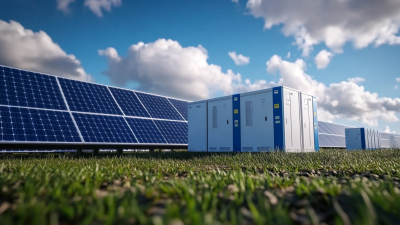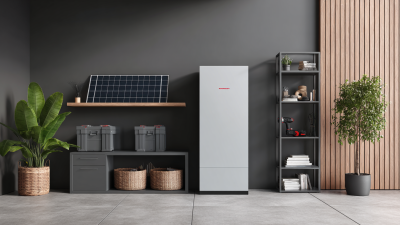The integration of Ac Coupled Battery Storage systems has emerged as a pivotal solution for enhancing energy efficiency in modern power networks. According to a recent report from the International Energy Agency (IEA), battery storage capacity is expected to grow more than 10-fold by 2030, significantly reshaping the energy landscape. These systems enable seamless interaction between renewable energy sources, such as solar and wind, and the power grid, mitigating issues related to supply and demand fluctuations.
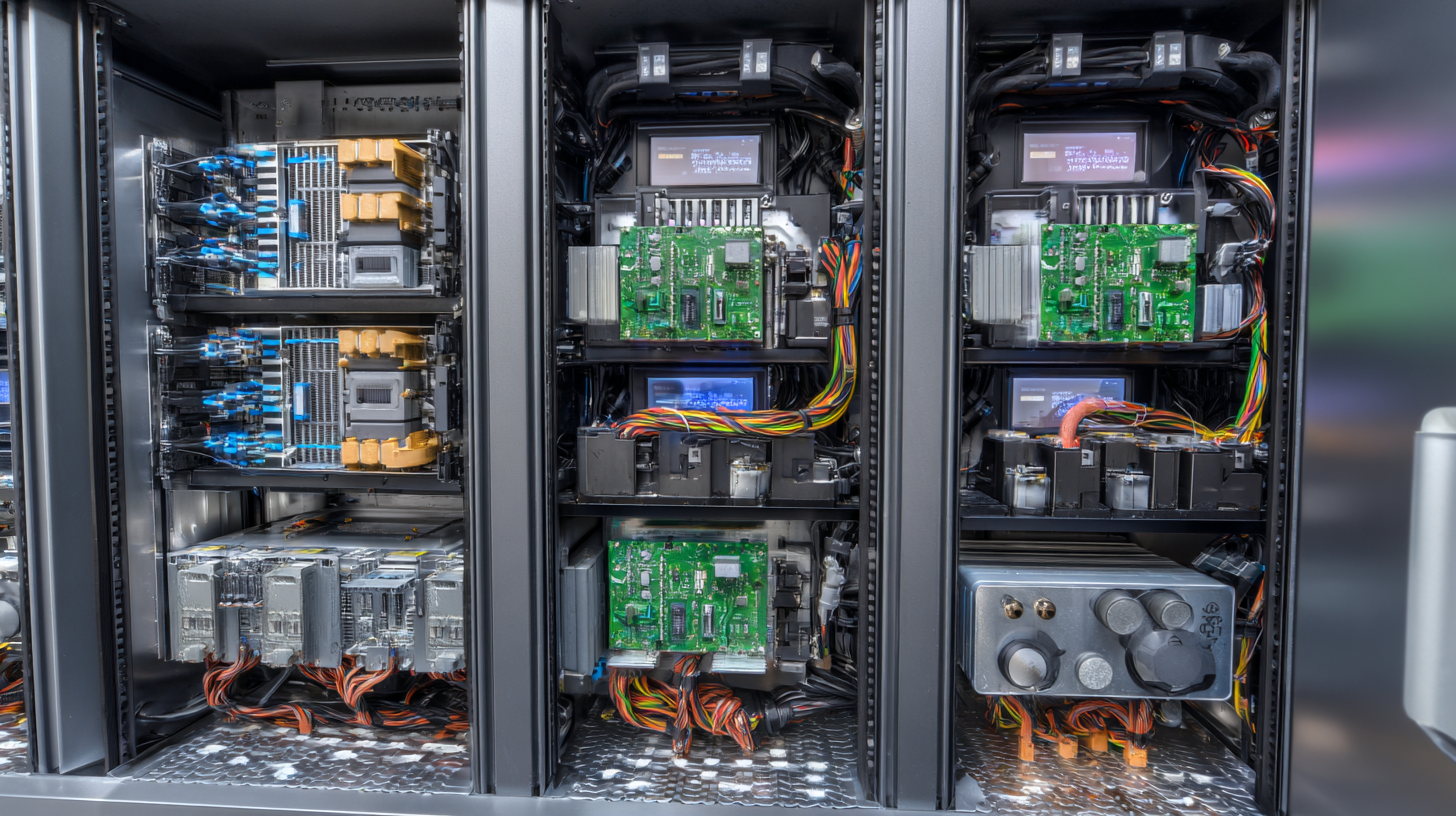 Furthermore, the U.S. Department of Energy indicates that deploying Ac Coupled Battery Storage can result in a 20% reduction in energy costs for consumers, while simultaneously improving grid reliability. As stakeholders increasingly prioritize sustainability and cost-effectiveness, understanding how to maximize the efficiency of Ac Coupled Battery Storage systems becomes essential for both residential and commercial applications, paving the way for a more resilient energy future.
Furthermore, the U.S. Department of Energy indicates that deploying Ac Coupled Battery Storage can result in a 20% reduction in energy costs for consumers, while simultaneously improving grid reliability. As stakeholders increasingly prioritize sustainability and cost-effectiveness, understanding how to maximize the efficiency of Ac Coupled Battery Storage systems becomes essential for both residential and commercial applications, paving the way for a more resilient energy future.
AC coupled battery storage systems are gaining traction in the renewable energy sector due to their ability to integrate seamlessly with existing infrastructure. Unlike DC coupled systems, which connect energy generation and storage directly, AC coupled systems have a distinct advantage in maintaining grid compatibility. This architecture allows for greater flexibility in managing energy inputs from multiple sources, such as solar panels and wind turbines, enabling a more diversified and resilient energy ecosystem.
One of the most significant advantages of AC coupled systems is their ability to scale efficiently. According to a report by BloombergNEF, the global energy storage market is projected to grow from 5.6 GW in 2021 to over 200 GW by 2040. This exponential growth underscores the need for adaptable storage solutions. AC coupling provides the benefit of easily adding more batteries or renewable energy sources without having to reconfigure the entire system. Furthermore, these systems can optimize energy usage by allowing the storage to be charged during low-tariff periods, which can lead to significant savings on energy costs for both residential and commercial users.
The integration of smart inverters in AC coupled systems further enhances their performance by enabling real-time monitoring and management of energy flows. A study by the National Renewable Energy Laboratory demonstrated that smart inverters can improve grid reliability and efficiency by up to 30%. This technological advancement not only supports the growing demand for renewable energy but also paves the way for a more sustainable and economically viable energy future.
When implementing AC coupled battery storage systems, understanding the essential components is crucial for enhancing efficiency. At the core of this setup is the inverter, which plays a pivotal role in transforming DC electricity generated from renewable sources into AC electricity suitable for the grid. Choosing a high-quality inverter that can handle the peak load requirements while offering advanced features like grid-support functions can significantly improve overall system performance. Additionally, employing multiple inverters allows for better load distribution and redundancy, ensuring consistent energy supply.
Another key component is the battery management system (BMS), which monitors the state of the batteries, balances energy distribution, and optimizes charging cycles. A sophisticated BMS can increase the lifespan of the batteries by preventing overcharging and excessive discharge. Furthermore, integrating smart energy management software can optimize energy usage by analyzing consumption patterns and aligning energy storage with peak demand periods. By focusing on these essential components, users can maximize the efficiency of their AC coupled battery storage systems, contributing to a more reliable and sustainable energy future.
To optimize energy flow in AC coupled battery storage systems, it's vital to leverage emerging technologies that enhance the efficiency and reliability of these systems. The integration of Artificial Intelligence (AI) and the Internet of Things (IoT) can significantly boost the performance of Energy Management Systems (EMS) in autonomous microgrids. By deploying advanced algorithms, these systems can better handle the intermittency of renewable energy sources (RESs), optimizing energy allocation and dispatch in real-time. Reports indicate that the application of AI can reduce operational costs by up to 20%, a crucial factor for widespread adaptation of AC coupled systems.
Additionally, adopting multi-objective optimization strategies can facilitate effective energy hub management, balancing electrical and thermal loads in integrated energy systems. Such multi-criteria approaches enable the integration of variable renewable energy sources, like photovoltaic and wind systems, ensuring stable energy flow even during fluctuations. It is noteworthy that systems utilizing hybrid energy storage solutions, which combine batteries and supercapacitors, exhibit enhanced performance and resilience against power quality issues. For instance, recent studies show that optimizing these hybrid systems can lead to a 30% reduction in energy loss, making them an essential component for future sustainable power grids.
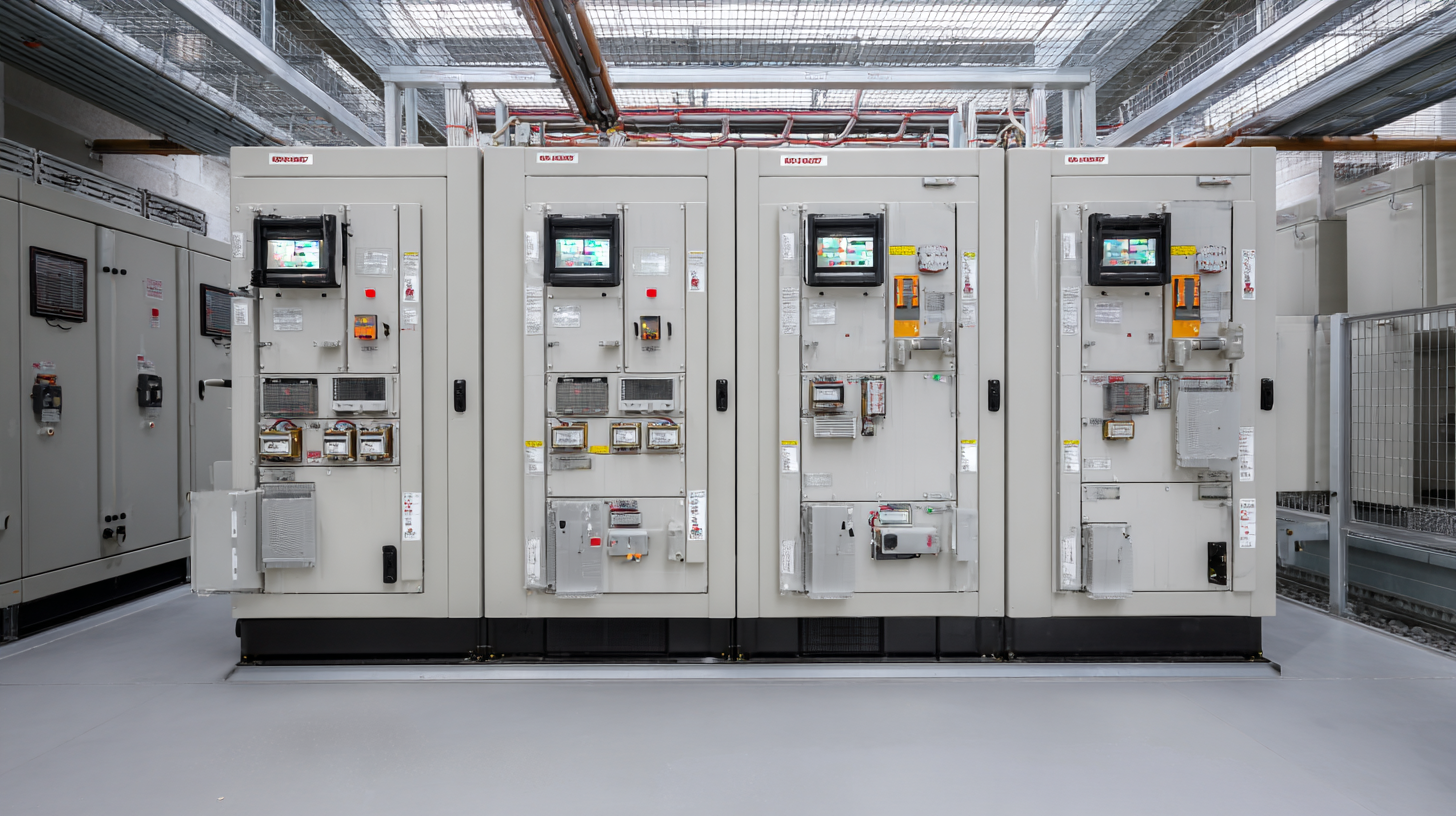
Effective monitoring and maintenance practices are crucial for enhancing the performance of AC coupled battery storage systems. Regular monitoring allows operators to track the operational parameters of the system, such as voltage, current, and battery state of charge. By employing advanced monitoring technologies, such as real-time analytics and remote management tools, operators can quickly identify and address potential issues before they escalate, thereby minimizing downtime and optimizing energy use.
Maintenance practices should include scheduled inspections and preventive measures to ensure all components function correctly. This includes checking connections, assessing battery health, and updating software to maintain system efficiency. Implementing a routine maintenance schedule helps in extending the lifespan of battery systems and ensuring they operate at peak efficiency. Educating staff on the specific needs of AC coupled systems also plays a vital role, ensuring that everyone involved understands the importance of their monitoring and maintenance roles for overall system enhancement.
| Monitoring Parameter | Frequency of Monitoring | Recommended Action | Impact on System Performance |
|---|---|---|---|
| Battery State of Charge (SOC) | Daily | Adjust charge cycles | Ensures optimal battery usage |
| Battery Temperature | Weekly | Implement cooling solutions | Prevents overheating and degradation |
| Inverter Efficiency | Monthly | Optimize settings | Improves energy conversion |
| Charge/Discharge Cycles | Bi-weekly | Analyze cycle patterns | Enhances lifespan and durability |
| Battery Voltage Levels | Weekly | Calibrate monitoring devices | Ensures reliability during use |
Integrating renewable energy sources with AC coupled battery systems offers a robust solution for enhancing energy efficiency and reliability. By connecting batteries directly to the AC output of renewable systems like solar panels and wind turbines, users can efficiently store excess energy during peak production times. This integration not only ensures that energy is readily available when demand spikes but also facilitates seamless energy management, allowing for dynamic load balancing and reduced reliance on the grid.
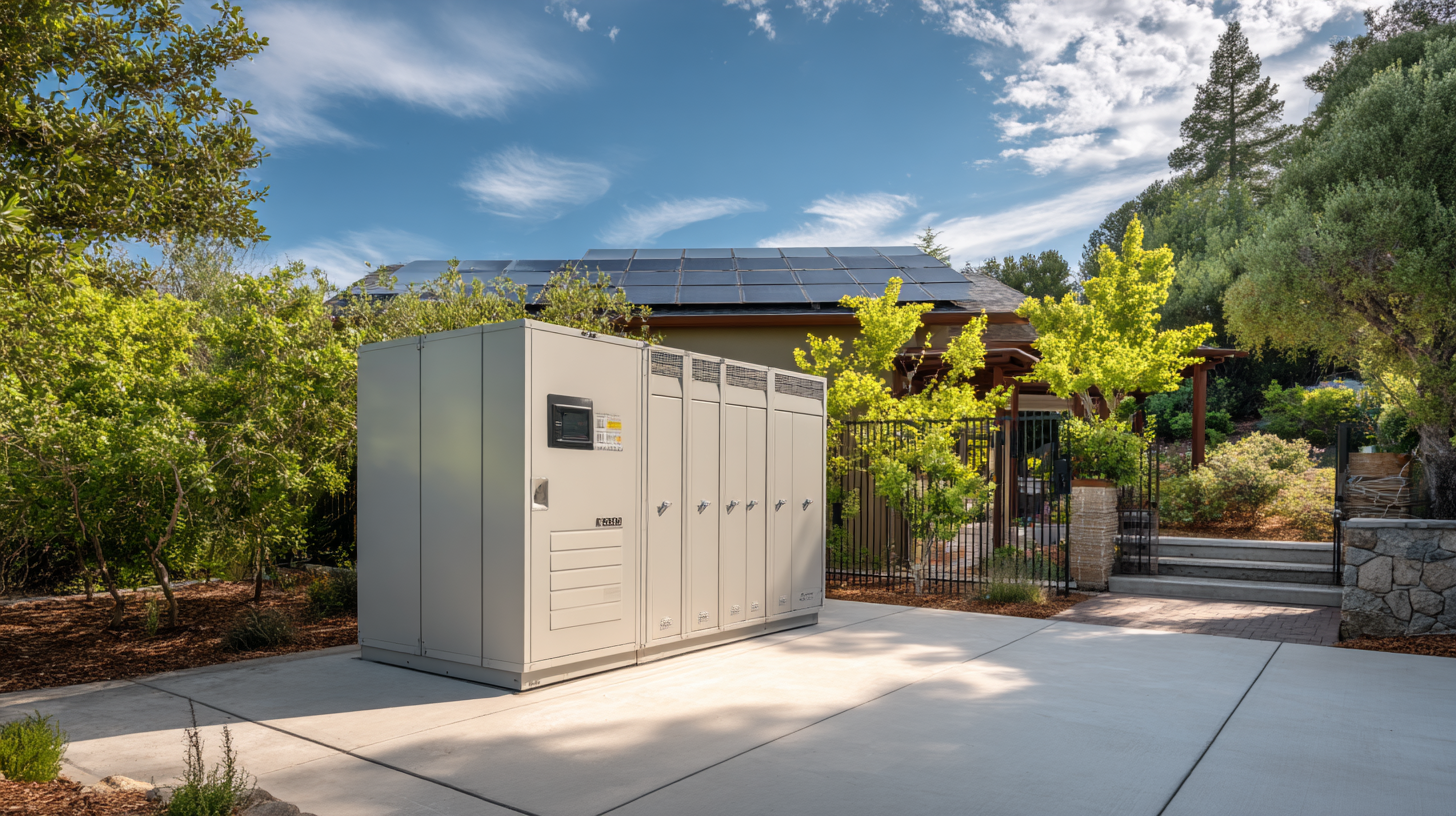
An additional advantage of AC coupled systems is their ability to work alongside existing infrastructure. Homeowners and businesses can retrofit these systems into their current setups without major overhauls, making renewable energy more accessible. The modular nature of AC coupled battery systems also allows for scalability; users can easily expand their capacity as their energy needs grow. Ultimately, the synergy between renewable energy sources and AC coupled battery systems enhances overall system efficiency, promotes sustainable energy practices, and paves the way for a greener future.


